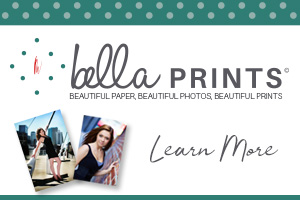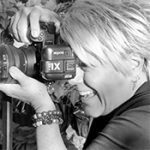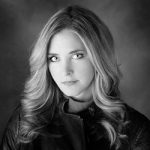Intro by Skip Cohen
I’m not a tennis player, but I know how they say if you play with somebody better than you, your game will improve. I know from scuba diving over the years that diving with friends who had been at it for years, helped me grow as a better diver.
Well, photography is no different, and hanging out with Bob Coates for so many years and watching him in action as an artist, writer and educator, my “game” improved. He’s had a serious influence on so many different aspects of my skill set in photography, business and even my life.
This is a very different kind of post than we usually share, but I chose to share it because it makes a point about how we interpret an image. And, you can apply the same principles to business and marketing – it’s about changing your perspective.
Even how you interpret Bob’s post is up to you. From a technique viewpoint, I love it because Bob shares how he created the image. From an artistic point, he’s reminding all of us to take those chances and step outside the box – do something different, and he’s even sharing a few of his favorite creative tools.
Am I reading more into his post then he might have meant? Probably, but I love his work, and so appreciate the way he’s challenged all of us to create more than just postcard photographs.
By Bob Coates
If you have followed this blog and my work for any length of time you know that I often like to take my images further than a ‘straight’ photograph. I have found a weird thing while working on this process. There are times to get a certain look you need to make what I would normally consider a ‘bad’ photograph. One that is either under or overexposed to create the vision in your using certain textures.
Here’s a case in point. The density range for this image was huge in that I was shooting the flower in the shade and the background was in full sun. I originally bracketed this scene to get a ‘correct’ exposure. I processed that, but when I went to work, I found that I had better results with the image that was a single exposure rather than having all the detail that Aurora HDR 2018 software would provide.
Here is one of the bracketed images slightly over-exposed. Little to no detail in the sky. The little to no detail in the sky gives the texture a chance to shine. I used a texture from a small section of an old painting in various blend modes to achieve the image below.
Here is my artistic rendition of the image. I think the plain image needed some help other than making a full range of tones visible. I work photos in many different ways before I find the vision for which I was looking.
Here is the Photoshop Layers Palette from the image above. Note: all Layers had a different blend mode applied and Masks were used to extract or cover the information I did or didn’t want.
Lumix G9 with the Leica DG Vario-ELMARIT Professional Lens, 12-60MM, F2.8-4.0 was used for this capture. The fully articulating screen is helpful when framing an image where the camera is low to the ground. Saves getting down to try and look through the viewfinder and also save work in the laundry for clothes that have been doused in dirt!



















